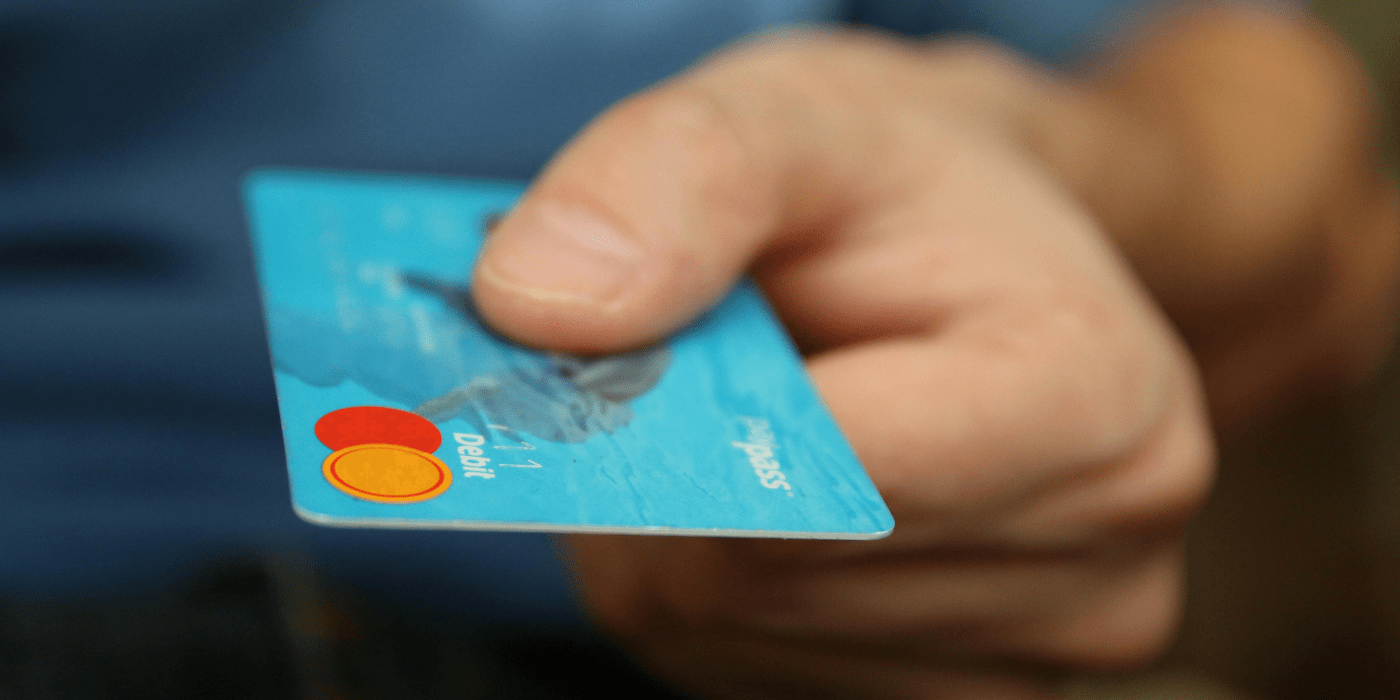Saving money does not have to be a chore, nor does it need you to give up everything you enjoy buying. It just means making smarter choices with everyday spending. Cutting unnecessary costs or finding innovative ways to stretch the budget may seem small, but often leads to big savings. Let’s find out how you can master the art of saving money in your daily life.
1. Track Your Spending
Understand where the money is going. Keep a journal, app, or spreadsheet to record your daily purchases. When you know where every dollar goes, you can identify areas for cost savings. Think of it as creating a “money diary”an honest record of your financial habits.
2. Create a Realistic Budget
A budget is not a list of limits; it’s a statement of purpose. Separate your income into different areas, such as funds, housing, food, and fun. Follow the 50/30/20 rule:
- 50% for needs
- 30% for wants
- 20% for savings or debt repayment
Stick to this plan, and you’ll be in control of your finances.
3. Cut Back on Unnecessary Subscriptions
Are you still paying for a streaming service you rarely use? Take stock of all your subscriptions—TV, gym memberships, apps—and cancel those that don’t add value to your life. It’s like clearing clutter but for your wallet.

4. Shop Smart: Discounts and Coupons
You don’t have to pay full price. Use apps like Honey or Rakuten to find coupon codes online, and never forget how powerful a sale can be. When you shop smart, you’re on a treasure hunt where every deal helps you save money.
5. Meal Planning and Cooking at Home
Eating out is convenient, but it adds up quickly. Instead, plan your meals and cook at home. Batch cooking and using leftovers can save you time and money. Picture this: cooking at home is like having your restaurant where you set the prices.
6. Reduce Energy Bills
Simple habits like turning off lights when you leave a room or unplugging unused devices can lower your electricity bill. Invest in energy-efficient appliances and consider using a programmable thermostat to cut heating and cooling costs.
7. Use Public Transportation
Do not miss out on the convenience of public transportation if you happen to call a city home. It’s usually less expensive than having a car and keeping it running. Considering walking or cycling for shorter excursions is a great idea—it’s free and beneficial to your health.
8. DIY Whenever Possible
From home repairs to beauty treatments, doing it yourself can save a fortune. Watch tutorials online to learn new skills. DIY is not just cost-effective; it’s also rewarding to see the fruits of your effort.
9. Buy in Bulk Wisely
When things go on sale, stock up on things that won’t spoil, but don’t go crazy. Spend less on consumables when you buy in bulk. If not, it’s money down the drain. Imagine it like a game: only save what you can truly “win” with.
10. Avoid Impulse Buying
Impulse purchases are budget killers. Next time you’re tempted, ask yourself, “Do I need this?” or implement the 24-hour rule—wait a day before making a decision.
11. Choose Generic Over Brand-Name Items
Generic products often have the same quality as branded ones but at a lower price. From groceries to medications, switching to generic can significantly reduce your expenses.

12. Save on Entertainment
Cut costs on entertainment by exploring free or low-cost options. Attend local community events, host game nights, or use free trial periods for streaming services. It’s possible to have fun without breaking the bank.
13. Set Savings Goals
You stay motivated when you have a well-defined savings objective. Establish your goal and strive toward it, whether it’s a significant purchase, a trip, or an emergency fund. Without a purpose, saving is like traveling without a map: you might never get where you’re going.
14. Review and Adjust Regularly
Goals and financial requirements evolve. Every month, review your budget to see what is and is not working. Make any necessary adjustments to keep on course. Keep in mind that saving money is an ongoing procedure rather than a one-time event.
15. Conclusion
Saving money on daily costs is not about denying yourself; it is about making deliberate decisions that match with your values. You may attain financial independence without losing your lifestyle by analyzing your expenditure, planning effectively, and discovering clever cost-cutting strategies. Start small, be persistent, and watch your savings increase!
FAQs
1. How can I save money without giving up my lifestyle?
Focus on small changes like cooking at home, using public transportation, and cutting unnecessary subscriptions. These adjustments can add up without drastically changing your lifestyle.
2. Is it better to save or pay off debt first?
It depends on your situation. If the interest on your debt is high, prioritize paying it off. Otherwise, work on building a small savings buffer first.
3. What’s the easiest way to stick to a budget?
Use budgeting apps or spreadsheets to track expenses and set realistic spending limits. Regularly review your budget to ensure you’re staying on track.
4. Are discount apps worth using?
Absolutely! Apps like Honey and Rakuten can save you money on online purchases by finding discounts and cashback offers.
5. How much should I save each month?
A good rule of thumb is to save at least 20% of your income. If that’s not feasible, save what you can and increase the amount over time.

